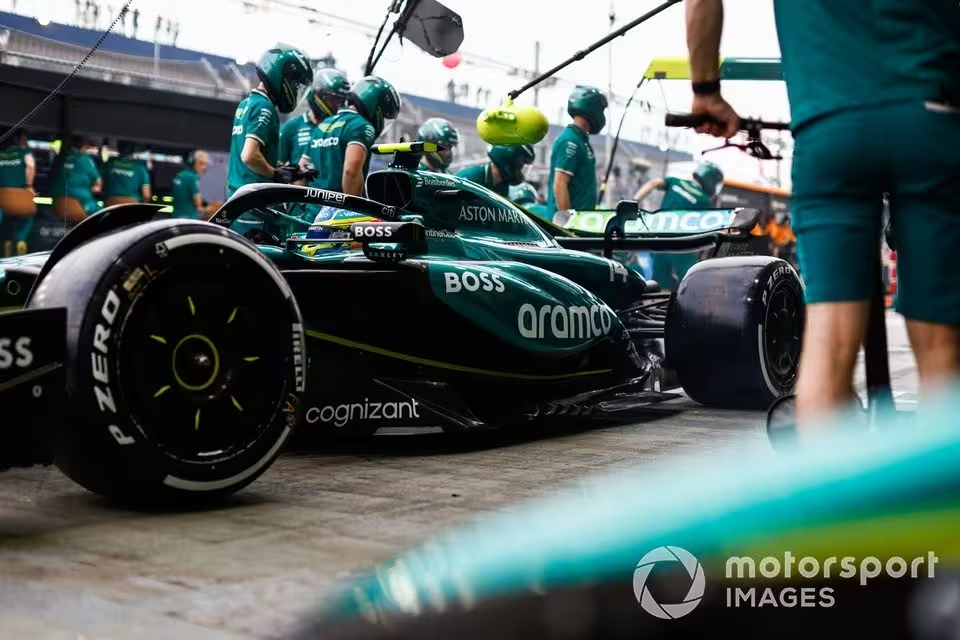There was a time when F1 teams could be pretty confident that any gains found in their wind tunnels could be bolted on their cars at the next race to make them quicker.
But ever since the ground-effect era returned in 2022, things have been slightly different, as there is no longer a direct link between extra downforce and improved lap time.
In fact, three years into the regulations, as teams approach the upper ceiling of what is possible, it appears there is more uncertainty than ever about the translation of the promise found back at base and it being realised out on track. It’s why McLaren has stuck with its Miami floor up until now.
Over the course of this season, there have been repeated tales of upgrades brought to the cars producing some unintended consequences.
This includes Ferrari’s Spanish floor bringing back high-speed bouncing, balance problems triggered by Aston Martin and Red Bull’s upgrades, or uncertainty posed by Mercedes’ Spa floor.
But with the sophistication and knowledge of car development being at such a high level right now compared to previous years, why have teams hit trouble?
There is a two-fold answer to this, which encompasses both the nature of the cars and the difficulties of simulating them in wind tunnels.
As Aston Martin engineering director Luca Furbatto explained: “You need to run very close to the ground, but it’s very difficult to test in the wind tunnel.
“Depending on the map you’re running, something might look a bit better in the wind tunnel. So you do it, but then maybe you bring it to the track, and then there is a bit of bouncing, you need to lift the car up, and then you lose what you have gained.
“I think quite a few teams have fallen into that trap. So it’s not super easy to develop.”
Fernando Alonso, Aston Martin AMR24, in the pit lane
Photo by: Zak Mauger / Motorsport Images
The ride height issue
The current ground-effect cars are far more sensitive to ride height (especially so close to the ground) than the older generation of grand prix machinery.
In fact, one phenomenon of the cars is that as they get closer to the ground, the downforce steadily increases – until they hit a point (or touch the track surface itself) where it is all released.
Teams are therefore walking a tightrope when it comes to finding that tipping point where performance peaks.
As Ferrari performance engineer Jock Clear explains: “In the past the cars would bounce off the…
Click Here to Read the Full Original Article at Motorsport.com – Formula 1 – Stories…

